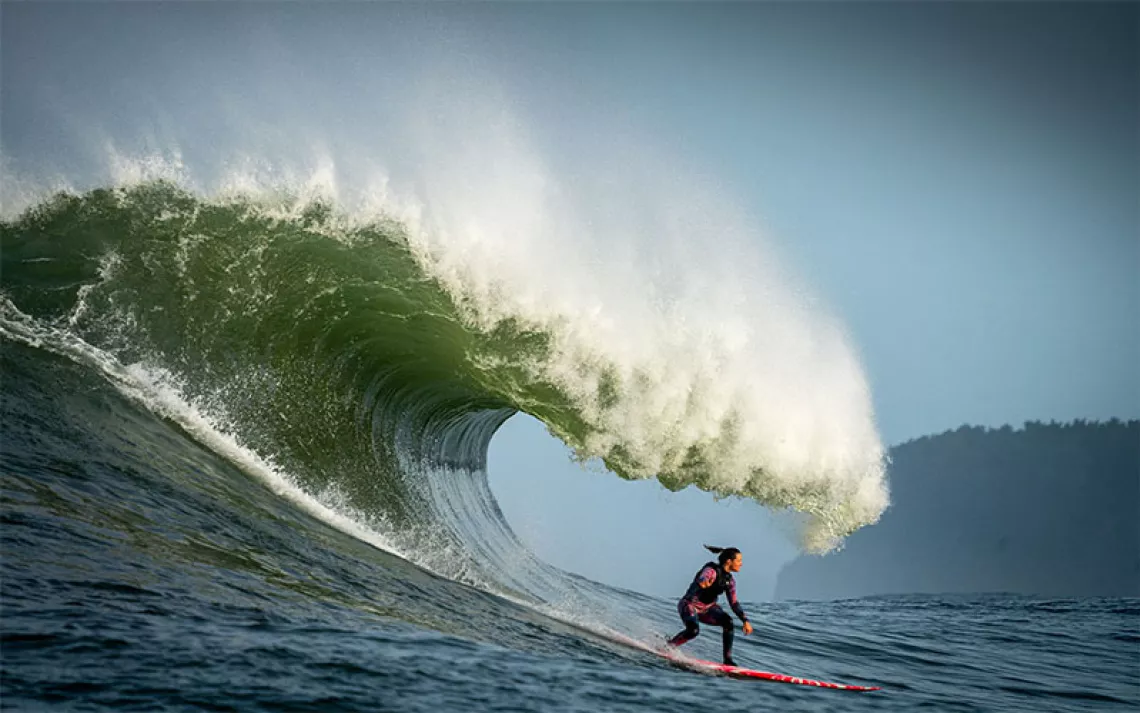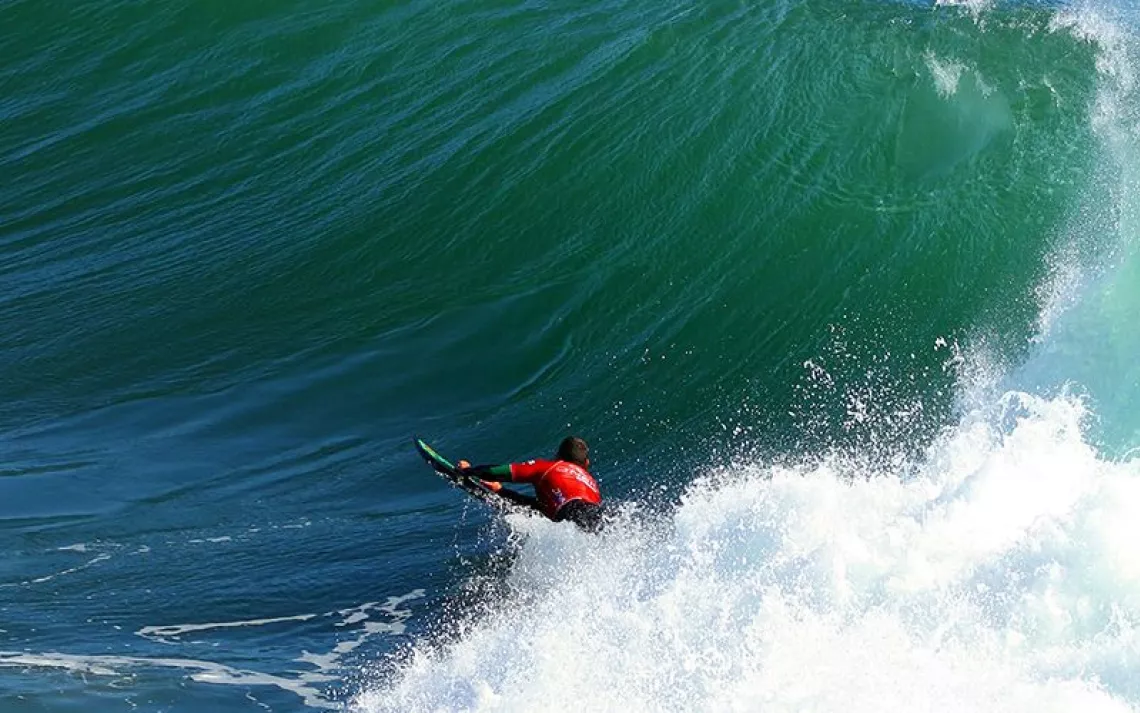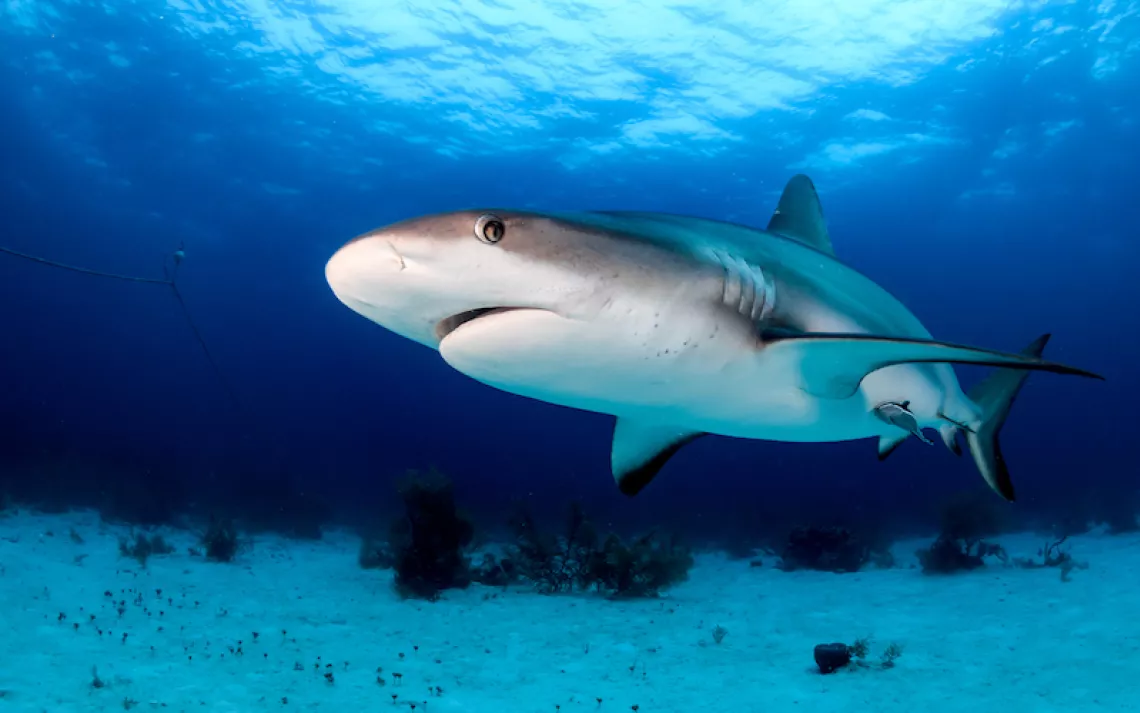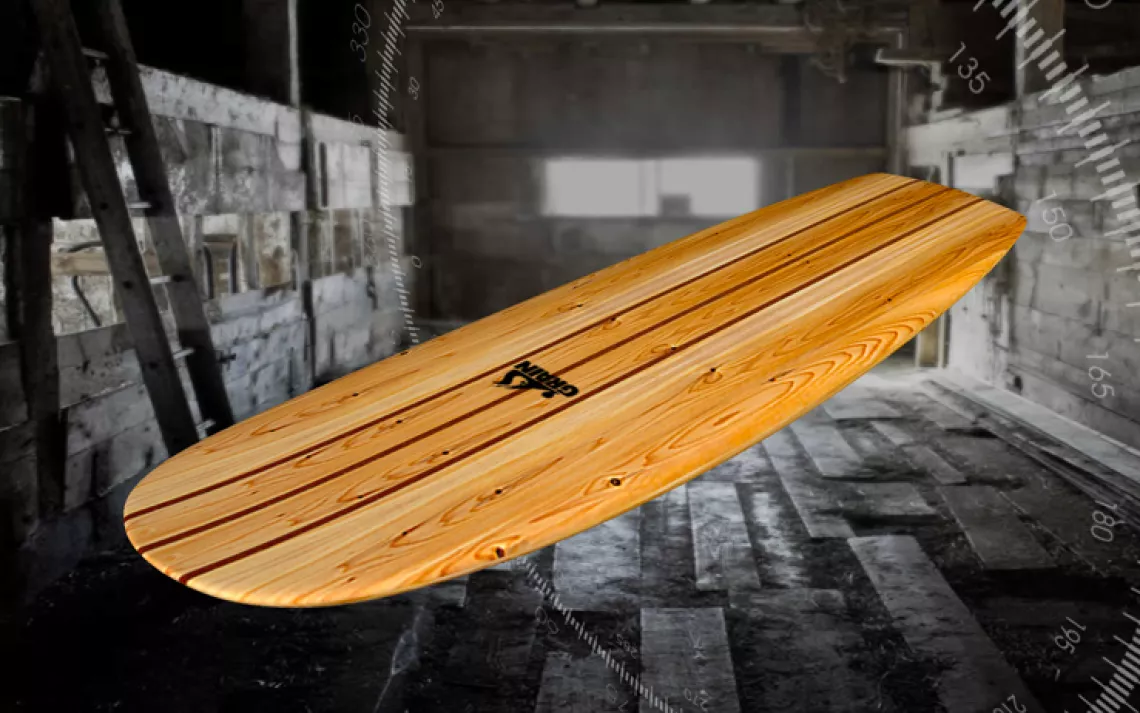The Stump
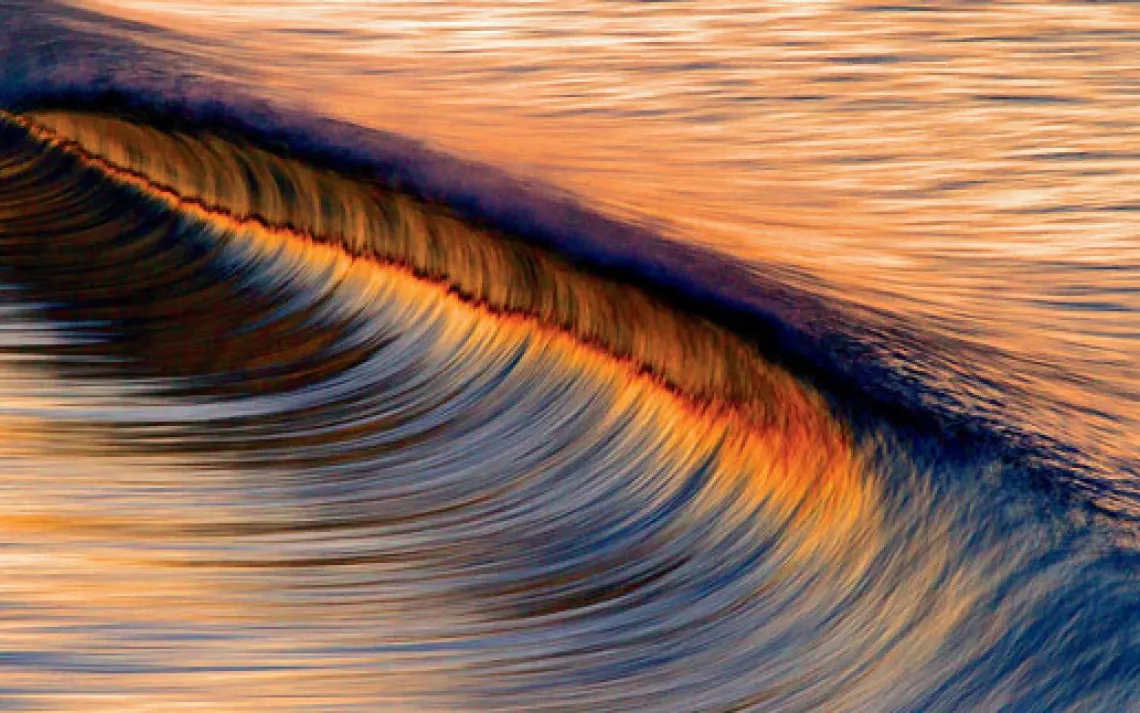
Chris Sardelis
The first time I tried to surf the wave east of the Elwha River mouth in Washington, I thought I was going to get shot. I was driving uninvited on tribal land with surfboards on my roof rack when a teenager flagged me down through the fog. He warned me about the Man With the Shotgun and his leave-no-surfer-behind program. Weeks later, outfitted with a better map, I discovered a safer route to the coast that involved a muddy hike and a brisk paddle across the swift and seemingly bottomless Elwha. I quickly grew to love the wildness of the place as much as the thrill of surfing its fast, fickle wave.
And now that wave is gone. Poof. A casualty of one of the most significant environmental victories in Washington State history.
Christened "the Stump" by surfers, who used an uprooted tree marooned on the beach as a landmark, the wave would materialize out of the green-gray Strait of Juan de Fuca into a steep slope perfect for stopping your heart. I've scored rocket-fast rides at the Stump that left me so smitten with speed that my smiling muscles ached. I've also been skunked, outsurfed by old-timers, and scared witless.
Upstream from where we surfed, the Elwha was clogged by two dams that had been constructed in the early 1900s to furnish hydroelectricity for the region's pulp and paper industry. Built without fish passages, the dams blocked more than 70 miles of salmon spawning habitat. In 1990, as a geology student at the University of Washington, I was among the thousands of people who lobbied to have them torn down. Let the river run free, I wrote to my congressman. Let the salmon come home. And in 1992, Congress granted our wish by passing the Elwha River Ecosystem and Fisheries Restoration Act.
Workers began dismantling the dams in late 2011. Already, the river's salmon population is rebounding. In a one-day survey of the river last September, biologists counted more than 1,700 salmon—an encouraging sign given that yearly numbers have remained below 3,000 since 1986. The best part: 75 percent of the fish were found up-river from the old Elwha dam site.
Not too long ago, I visited the place where the Stump used to be. The cobbled bank remained, but the beach I remembered—a narrow strip of mango-size green and brown rocks—had been otherwise reconfigured. A mattress of compressed sticks cushioned my steps. Skeleton-white or partially barked, the woody tidbits had been flushed down the watershed, tumbled by currents and tides, and pushed ashore by storms.
I stepped down from the driftwood boneyard onto a football field of charcoal-gray sand that covered the zone where the wave used to break. My boots made deep footprints where knee-high water once flowed.
Before I was a surfer, I was an environmentalist. And as a surfer, I find that my environmental connection has only deepened—how could it not? Surfers don't just appreciate nature; we bathe in it. We worship healthy oceans, and by extension clean beaches, big old trees, and wild fish. But saying goodbye to a good wave isn't easy.
Maybe decent surf will break here again someday, after the river and ocean rework the remaining 70 percent of the sediment yet to flow downstream. It might even be a better wave, a more consistent wave. Or maybe the place once known as the Stump will remain just another wild and empty Pacific Northwest beach. I can picture my daughters running across the sand with buckets and shovels, their pant legs bunched at the knees. They'll build sand castles and dig pits and play in the crystalline wavelets lapping the shore. When the sun dips behind the ancient trees, we'll gather around a driftwood fire, and I will tell them about the wave that used to break here, like a gift from the ocean gods, and I will tell them why I'm glad that it's gone.
 The Magazine of The Sierra Club
The Magazine of The Sierra Club
